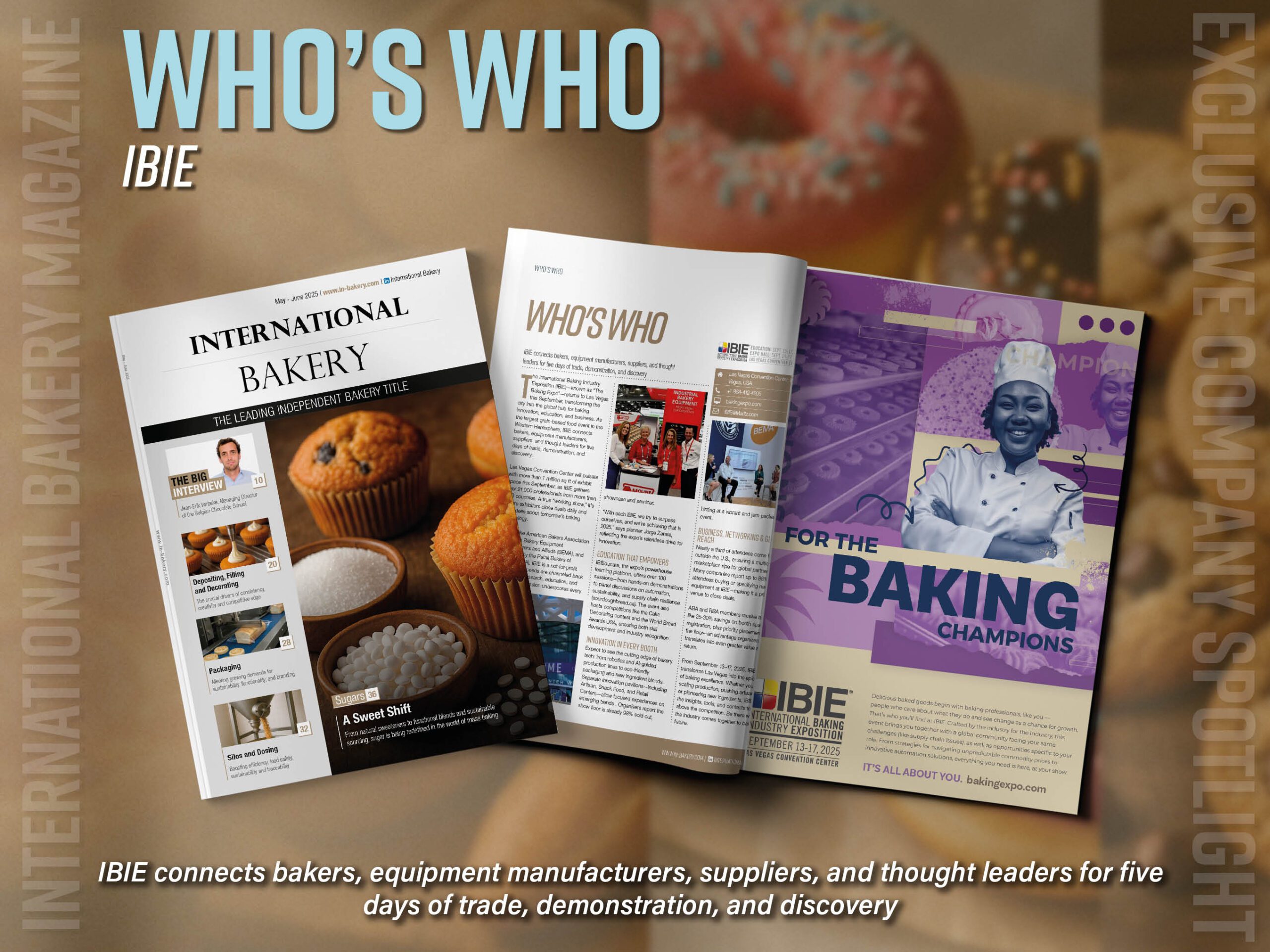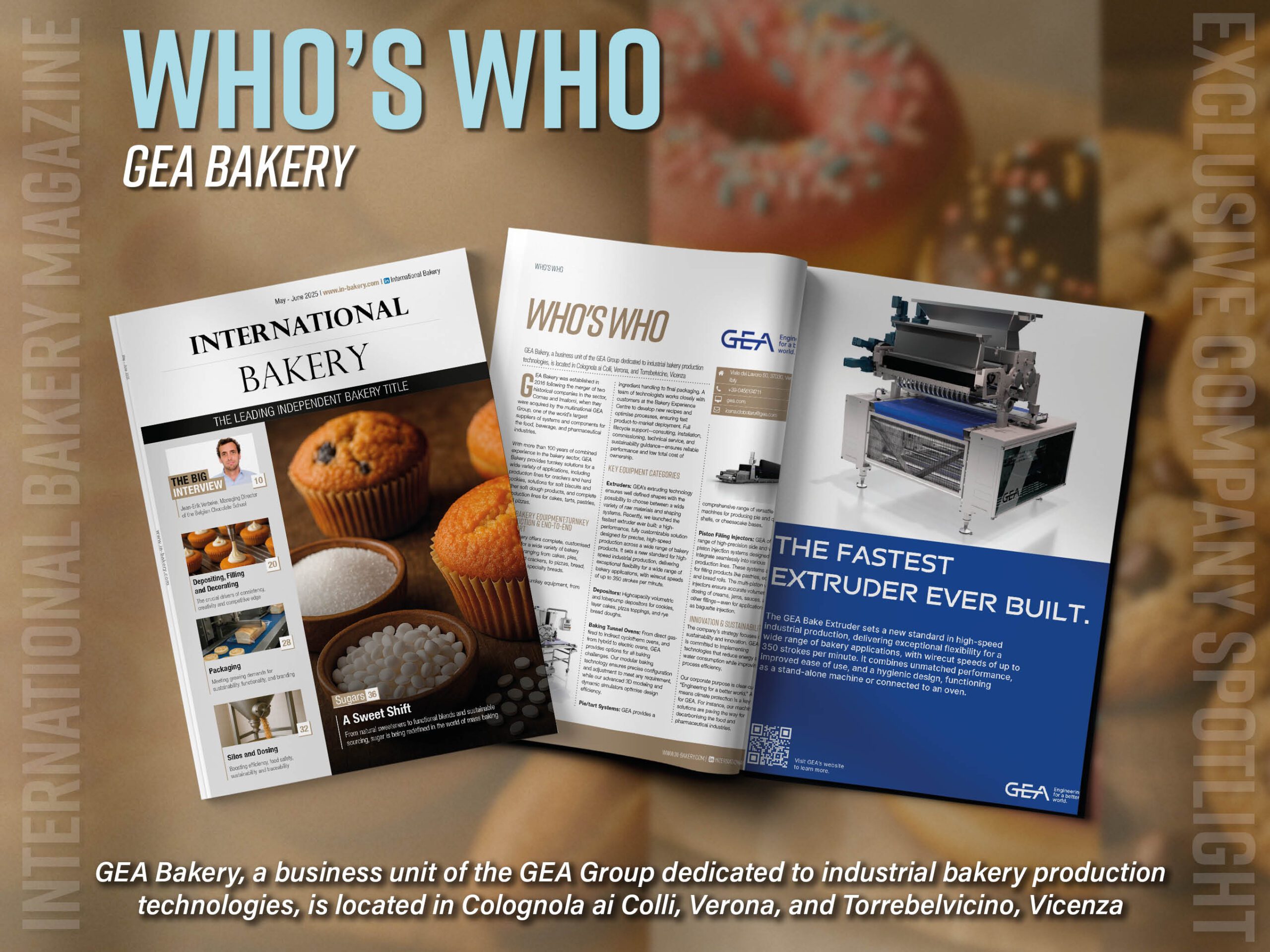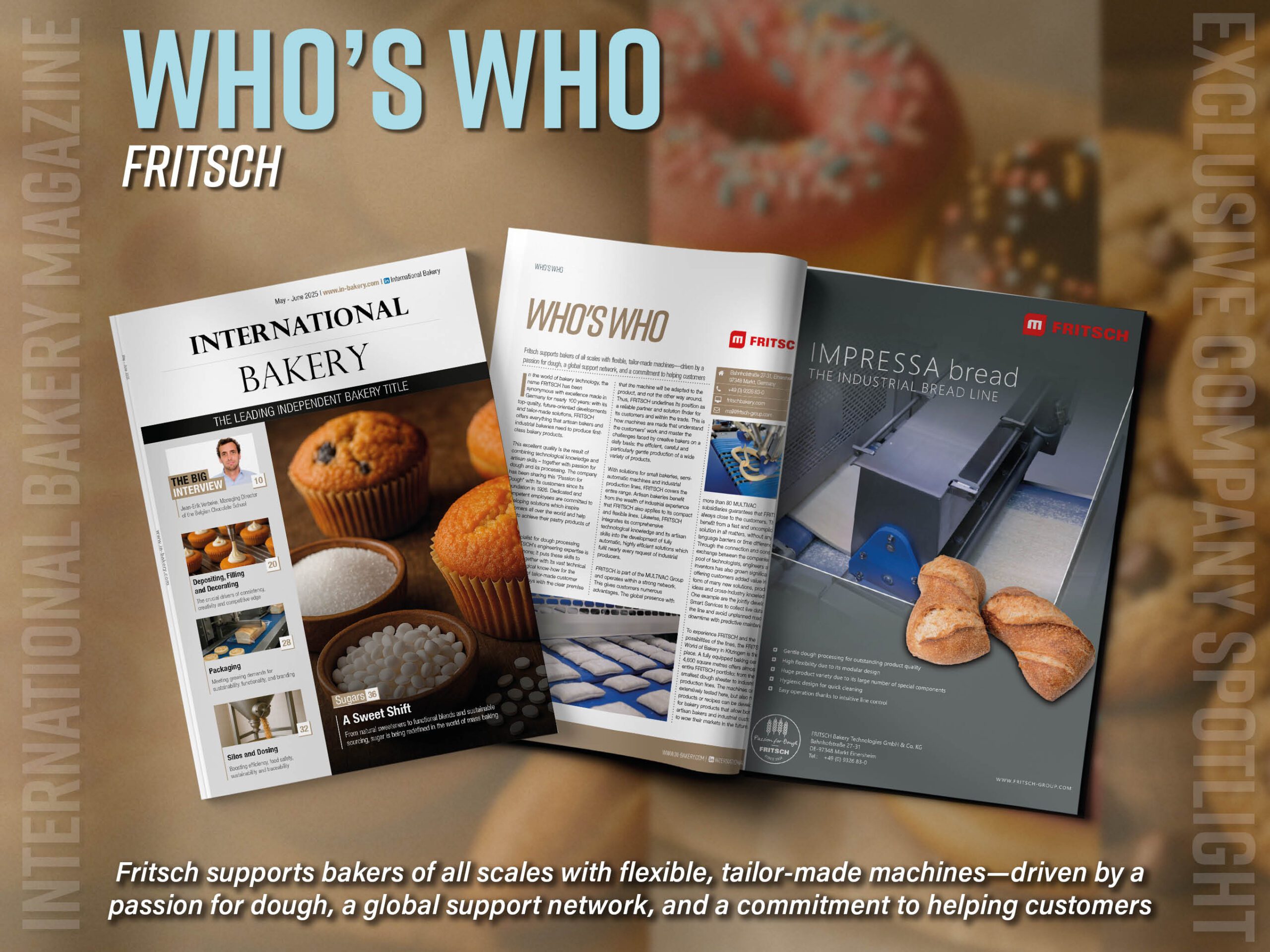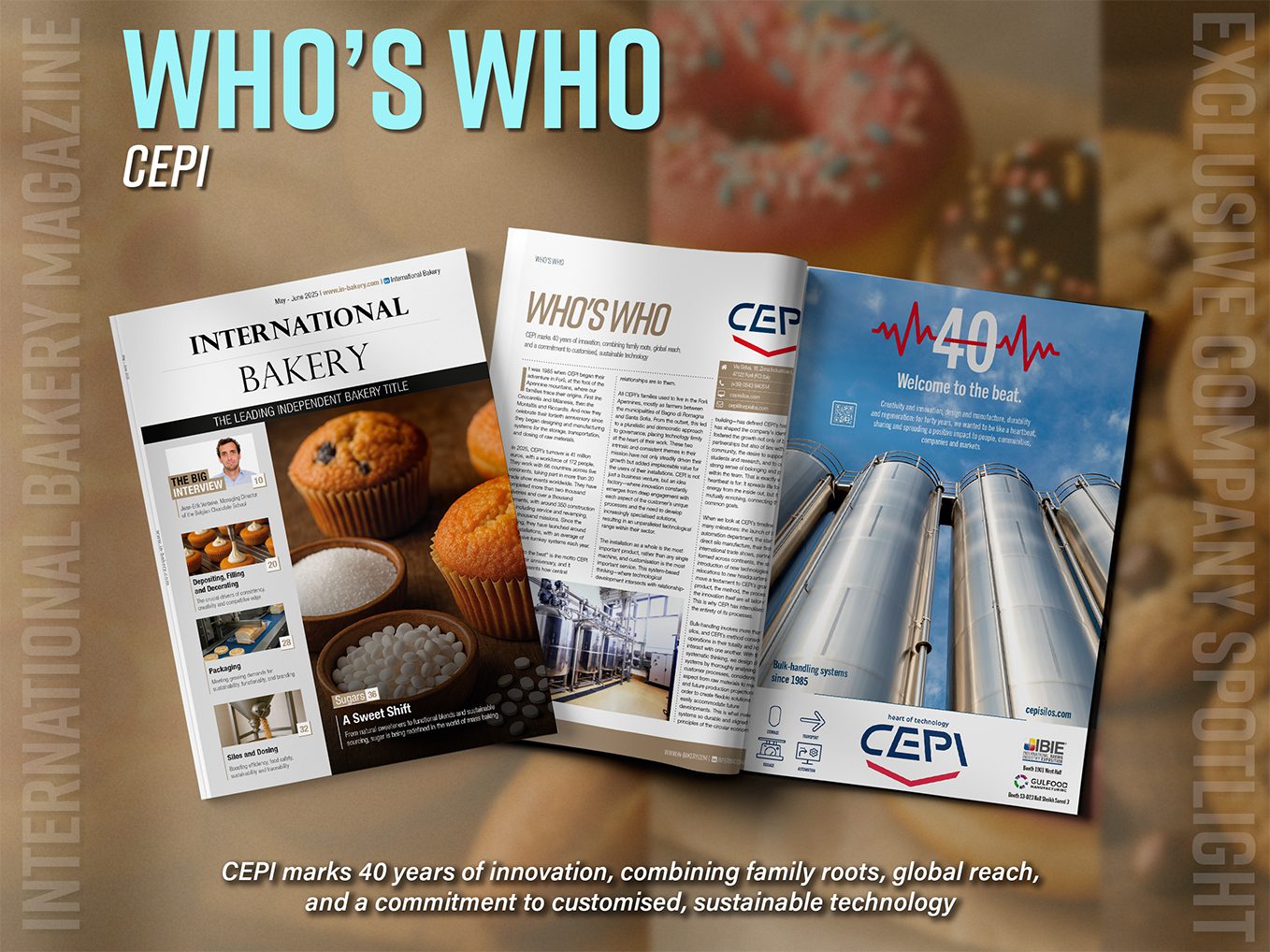With a history that can be traced back to 37BC, sourdough as we know it has undergone many iterations and developments. Managing Editor Rebecca Spayne investigates
The simplicity of sourdough is part of its success. That picture of artisanal quality and nourishment in the bakery industry has ensured its continued popularity, from 37BC to now. Sourdough in powder form, complete turnkey solutions and fermentation systems represent just how far the industry has come, from small production runs to scalable, industrial production of sourdough. Whatever the setup, equipment or ingredients bakers turn to, it will need to feed the appetite of consumers after wholesome bread.
Bakers need to be aware of how regional tastes and preferences – like with other baked goods and their numerous iterations – will influence what sourdough they want to eat. According to research from Lesaffre experts, sourdough loaves work well for consumers hosting with guests, as an affordable indulgence. “Along with traditional bakery products like laminated doughs, bagels and doughnuts, sourdough is also making its way into the pizza industry due to its artisanal taste and texture,” highlighted Dr. Gulten Yagmur, Business Development Manager at Lesaffre UK & Ireland. “Bakers continuously experiment with new products and focus on using long fermentation processes to improve the taste and quality of their offerings.”
When asked what drives demand for sourdough, Gulten said: “Increasing consumer awareness of sourdough bread’s perceived health benefits and its artisanal production process has become the key driver for the growing demand of sourdough products.”
“In a survey of craft bakers earlier this year, 36% reported that demand for sourdough has increased since 2021, this is primarily due to the health benefits consumers associate with it, while 53% revealed that consumers choose sourdough for its flavour,” added Karen Dear, Chief Executive, Craft Bakers Association. “Bread loaves remain the most popular sourdough item made by bakers, however, the demand for other sourdough products including bread rolls, crumpets and biscuits has also grown.”
Artisanal quality, industrial production
Upscaling industrial production so it is capable of replicating artisanal goodness is no mean feat. Consumers are after the qualities that make sourdough, sourdough. The chewy texture, slightly sour tang and open crumb structure all reflect a sourdough that has been properly produced. The crumb structure serves as a good indicator of a number of factors in production, for instance wide, gaping holes in the crumb mean the loaf is underfermented, while an overfermented sourdough will have tight, closed gaps.
With these qualities in mind, replicating characteristics consumers associate with sourdough on an industrial scale can prove challenging. Prior to the eighteenth century, which saw the opening of the first yeast plant, bakers leavened sourdough using wild yeast and the fermentation process was time-consuming.
However, this kind of tried and tested approach based on individual recipes meant for an industrial producer, the repeatability and reproducibility of high-quality sourdough was difficult. Producers today are asking for precise measurement of ingredients and fermentation technologies in order to ensure consistent, high-quality sourdough.
“Some sourdough machines offer a calculator where you enter the desired quantity of ingredients and the equipment precisely calculates the process to be implemented,” explained Mélanie Gay, Marketing Manager, VMI, “temperature rise for the development of the sourdough, agitation and thermal homogenization…
Read the full feature in our free to download magazine.
Never miss a story… Follow us on:
![]() International Bakery
International Bakery
![]() @int_bakery
@int_bakery
![]() @Bakeryint
@Bakeryint
Media contact
Caitlin Gittins
Editor, International Bakery
Tel: +44 (0) 1622 823 920
Email: editor@in-bakery.com






